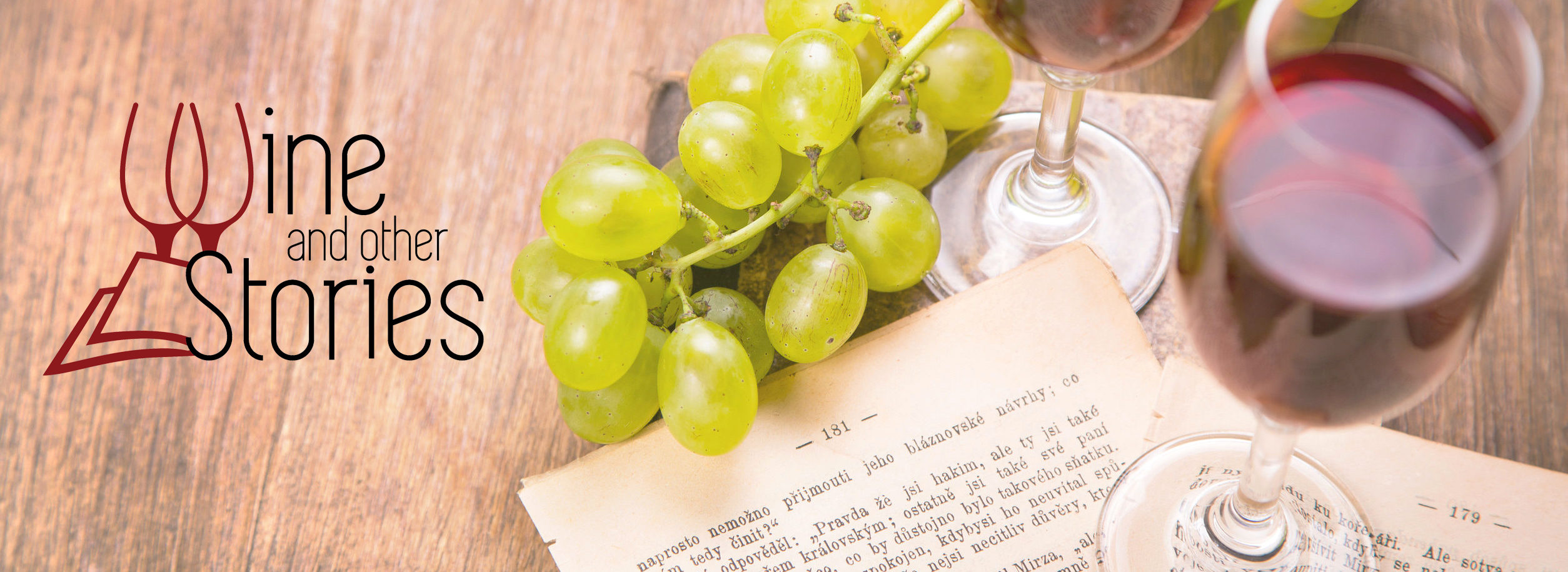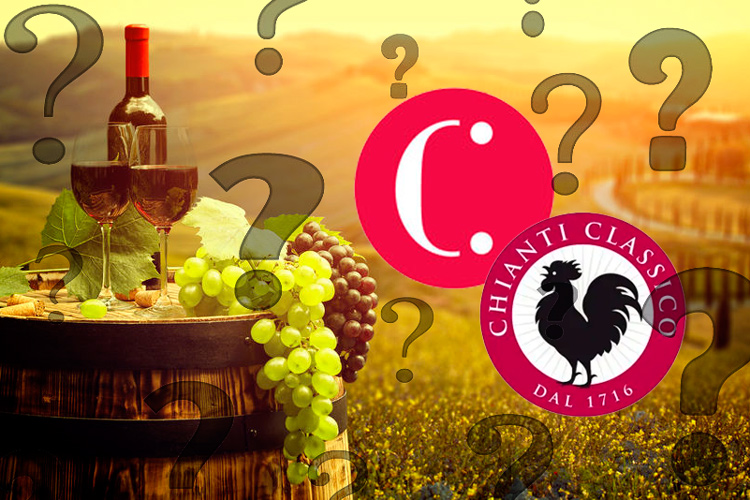The Chianti Consortium has approved a set of changes to the Chianti DOCG. They have introduced a new Chianti Gran Selezione denomination. The news sparked animosity and indignation among wine professionals
On 11 November 2019, the Italian press revealed the Chianti Consortium’s decision to roll-out a new designation called Chianti Gran Selezione. The new designation is intended to become the top-tier of the Chianti DOCG appellation system.
The Consorzio Vino Chianti will ratify the change by obtaining the approval of the Tuscan region, the Italian Ministry of Agriculture and the European Commission. The whole process is expected to take approximately two years. In the meantime, the smoke of war is just visible on the horizon…
What’s different about the new designation?
If you know a thing or two about Chianti wine, the expression Gran Selezione will sound familiar. As I explained in my article dedicated to the Chianti wine appellations, Chianti Classico Gran Selezione is already part of the Chianti Classico DOCG designation. In case you find yourself lost in appellation names, don’t despair. You are not the only one!
In the Chianti wine realm, there are two appellations: Chianti DOCG and Chianti Classico DOCG. Despite of sharing the same geographical term (Chianti), the two DOCGs are profoundly different in terms of grape compositions, ageing requirements and other applicable regulations (please refer to my previous article for more details). In addition, the appellations are administered by two different bodies which are both called Consortium (Consorzio in Italian). The Consorzio Vino Chianti leads the Chianti DOCG, whereas the Consorzio Chianti Classico (the one with the Black Rooster) conducts all matters relating to the Chianti Classico DOCG.

The new Chianti Gran Selezione appellation will form the premium level of the Chianti DOCG. On the other hand, the Chianti Classico DOCG (being a separate appellation) will remain untouched by the new changes.
Chianti Gran Selezione: the new appellation
Let’s delve into the details of the new Chianti Gran Selezione denomination. According to the new proposal, wines labelled as Chianti Gran Selezione must have an alcohol content of 13% abv and been aged a minimum of 30 months. Grapes can be sourced from anywhere in the Chianti DOCG area. Furthermore, the Consorzio’s suggested changes envision a new Chianti sub-zone called Chianti Terre di Vinci. The district will be an addition to the seven existing Chianti sub-zones (Chianti Rufina, Chianti Colli Aretini, Chianti Colli Fiorentini, Chianti Colli Senesi, Chianti Colline Pisane, Chianti Montalbano and Chianti Montespertoli). Chianti Terre di Vinci will encompass the communes of Vinci, Capraia e Limite, Cerreto Guidi and Fucecchio – all of which are found north of Empoli.
The Consorzio Vino Chianti allegedly created the new Chianti Gran Selezione to please the foreign markets, especially China and the United States. According to the Consorzio, the new rules will ensure a higher quality, increase the competitiveness of Chianti wines and appeal to a broader audience. It’s not the first initiative in this direction. In September 2019, the Chianti Consortium expressed an intention to increase the level of sweetness of their wines to attract women and younger drinkers.
The following tables highlights similarities and differences between the new Chianti Gran Selezione and the established Chianti Classico Gran Selezione appellations:
| Appellations / Requirements | Chianti Gran Selezione | Chianti Classico Gran Selezione |
|---|---|---|
| Minimum alcohol content | 13% abv | 13% abv |
| Minimum ageing requirement | 30 months | 30 months, of which at least 3 in bottle |
| Minimum amount of Sangiovese in the blend | 70% | 80% |
| Maximum grape yield | 9 tons per hectare | 7.5 tons per hectare |
| Grape sourced from | Anywhere in the Chianti area | Selected vineyards owned by the producer |
The Chianti Classico Consortium’s reaction
An industry backlash accompanied the announcement of the new Chianti Gran Selezione appellation. The most ferocious critics came from the other famous Chianti association, the Consorzio Chianti Classico. Incidentally, it’s not the first time that animosity sparked between the two organisations. The Black Rooster issued an infuriated press release claiming to be “fully adverse” and “incredulous” of an initiative which was “without any constructive point and lacking innovative and original ideas”. They go on to say:
The Gran Selection denomination, active since 2014, is a wine typology uniquely valid within the Chianti Classico appellation, an idea created by the efforts of the Consorzio Chianti Classico. We are deeply saddened that the Chianti Consorzio’s choices are only aimed at applying the same promotion strategies already conceived for Chianti Classico wines. The Gran Selezione has identical characteristics to the Chianti Classico Gran Selezione, in terms of alcohol content, ageing requirements, the ban of the fiasco-shaped bottle […] This approach will confuse consumers and will deprive Chianti wine producers of having clear and long-term prospects.
The Black Rooster Consortium’s current president Giovanni Manetti claimed to be a victim of a “frontal assault” that risks putting in jeopardy their collaboration with winemakers and other operators in the Tuscan wine business. For this reason, Mr. Manetti declared, they will “oppose the Chianti Gran Selezione proposal in every institutional forum”.

My thoughts
I’m sure wine critics’ opinion will be available soon on the matter. In the meantime, here are my thoughts on the new Chianti Gran Selezione appellation.
First of all, I’m not sure that foreign markets are looking for this kind of initiative. Chinese and American drinkers are unlikely to benefit from sweeter Chianti wines, or from another denomination just for the sake of it. In fact, one of the most interesting aspects of Chianti is its distinctiveness. As such I doubt that making Chianti more similar, let’s say, to Napa Valley blends will help the region.
Secondly, Chianti wine regulations are a real nightmare. Notwithstanding the glorious and long history of the region (which I summarised here), the Chianti appellation system is already complex and confusing. Countless denominations exist using more or less the same terminology.
Chianti appellations even baffle wine writers, the people who should know wine regions like the back of their hands. I don’t even want to imagine what the standard consumer thinks about this mess.

The last thing Chianti needs is a new appellation to make the denomination system even more disorienting. What Chianti really needs is a new approach that makes the different styles and quality levels clear and understandable to the average consumer. In my opinion, the public would also benefit from clear evidence of the place of origin of each bottle. It would be nice to see indications about provenance and terroir on the label, and being able to trace those information to the different nuances of a Chianti wine.
The new developments in the Chianti wine seem to go exactly in the opposite direction. In spite of all the confusion, I will still be drinking Chianti. But I’m Italian, a wine geek and I have a incommensurable love towards Tuscany. Three requirements that a lot of people don’t share (more the pity!). Perhaps it’s time that all the wine people from Tuscany collaborate in the name of a greater goal. One idea might be make Chianti more understandable, preserving its quality and character.


Thanks for addressing this news. I already find the Chianti Classico Gran Selezione category to be mostly vague — a chance for either too much oak, or too high a price tag. To extend that name over a larger region only dilutes the standing of what it means.
Hi Kevin! I agree… Chianti Classico Gran Selezione lacks consistency. In theory it should be the peak level of the Chianti Classico appellations. In practice, it’s sometimes used as an expedient to charge more… There are excellent GS wines out there, side by side with mediocre examples. Another element causing confusion. Thanks for stopping by 😉